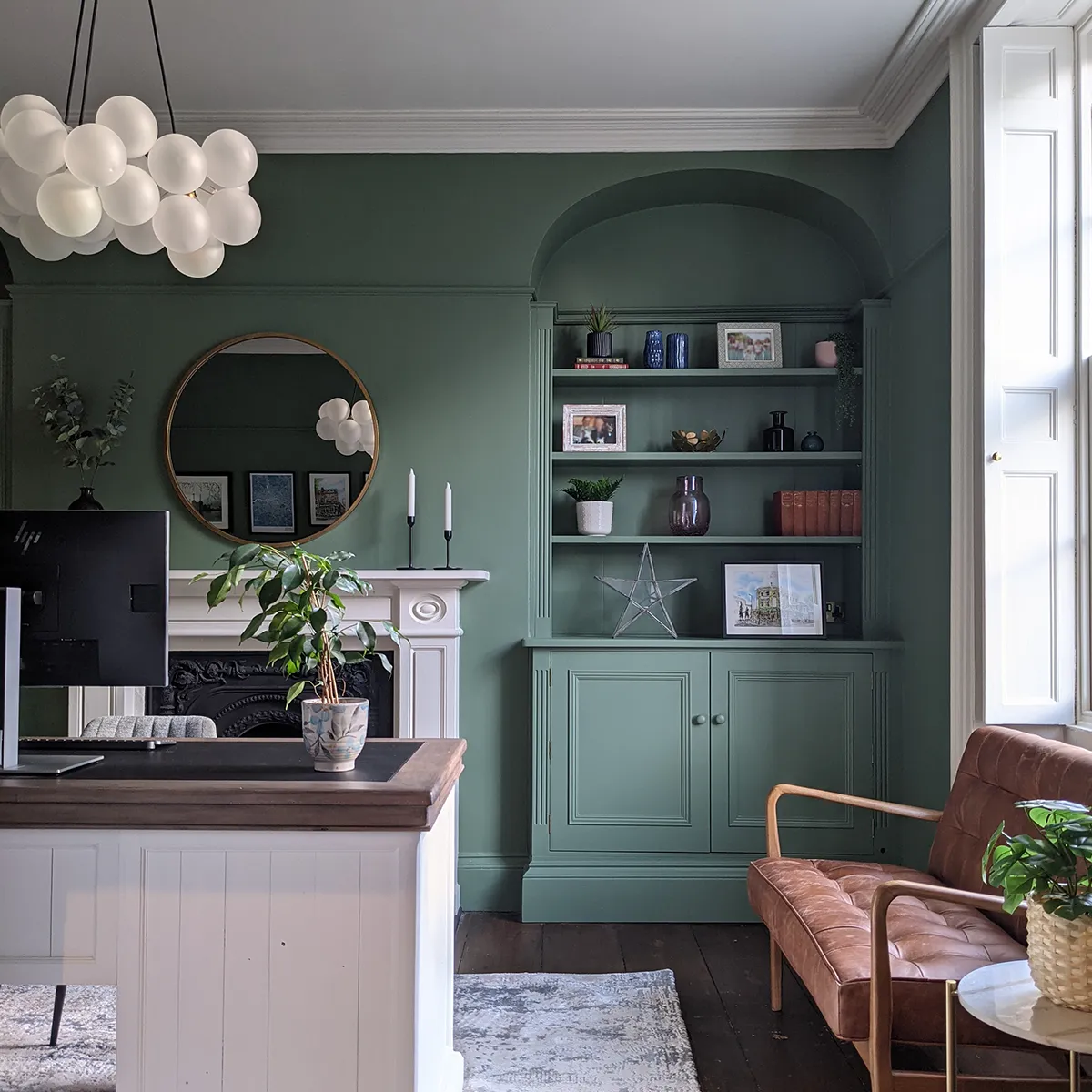Lighting Upgrades in Lewisburg PA
When embarking on a home remodel, one aspect that can significantly influence the outcome is lighting. While flooring, cabinetry, and paint are often at the forefront of remodeling discussions, lighting can make or break the atmosphere, functionality, and aesthetic appeal of your home. Effective lighting solutions can enhance your space, highlight architectural features, and create the perfect ambiance. This comprehensive guide will explore various lighting upgrades, from modern fixtures to advanced technologies, to help you illuminate your home with style and function.
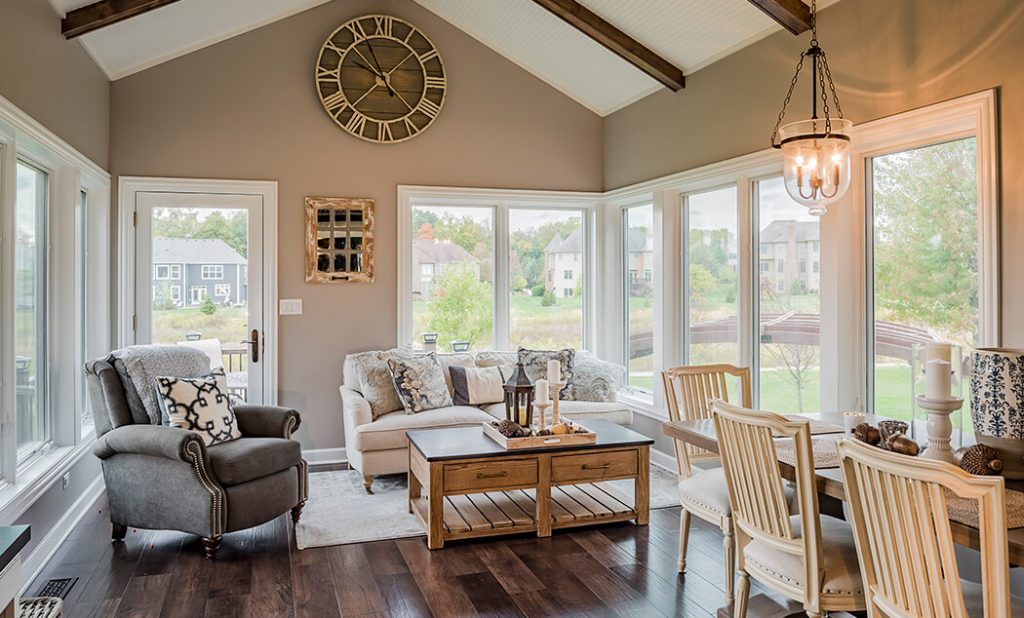
1. Assessing Your Lighting Needs
A. Evaluate Existing Lighting
Identify Problem Areas: Begin by examining the current lighting situation in your home. Look for areas that feel dim or poorly lit and consider how you use each space. For instance, a kitchen might need more task lighting, while a living room could benefit from a mix of ambient and accent lighting. If you live in an older home that you are remodeling, you will probably recognize the lack of overhead lighting or ambient lighting, especially in the kitchen and bathrooms in the home.
Consider Room Functions: Each room serves different purposes and requires tailored lighting solutions. For example, task lighting is essential in the kitchen and office, while ambient lighting works best in living areas. Understanding the function of each room will guide your lighting decisions. Each room has a different level of light that is required for adequate use and aesthetic texture, and the kitchen is the one room that requires the most layered and complex lighting to feel welcoming.
B. Set Lighting Goals
Enhance Ambiance: Determine the mood you want to create in each room. Lighting can significantly affect the atmosphere—whether you want a cozy, warm feel or a bright, energetic space. Choose fixtures and controls that align with these goals. Paint colors, fixtures, and textures in the room will accentuate certain mood characteristics that will fit well with warm or more cool lighting depending upon your goals.
Improve Functionality: Focus on how lighting can improve the usability of each room. Consider task lighting for work areas, accent lighting for visual interest, and ambient lighting for overall illumination. Efficient lighting not only enhances the look but also the functionality of the space. For example, adding under cabinet lighting to an existing kitchen will help illuminate your working area for meal prep on your countertop space and will add texture and layers to the ethos of the kitchen.
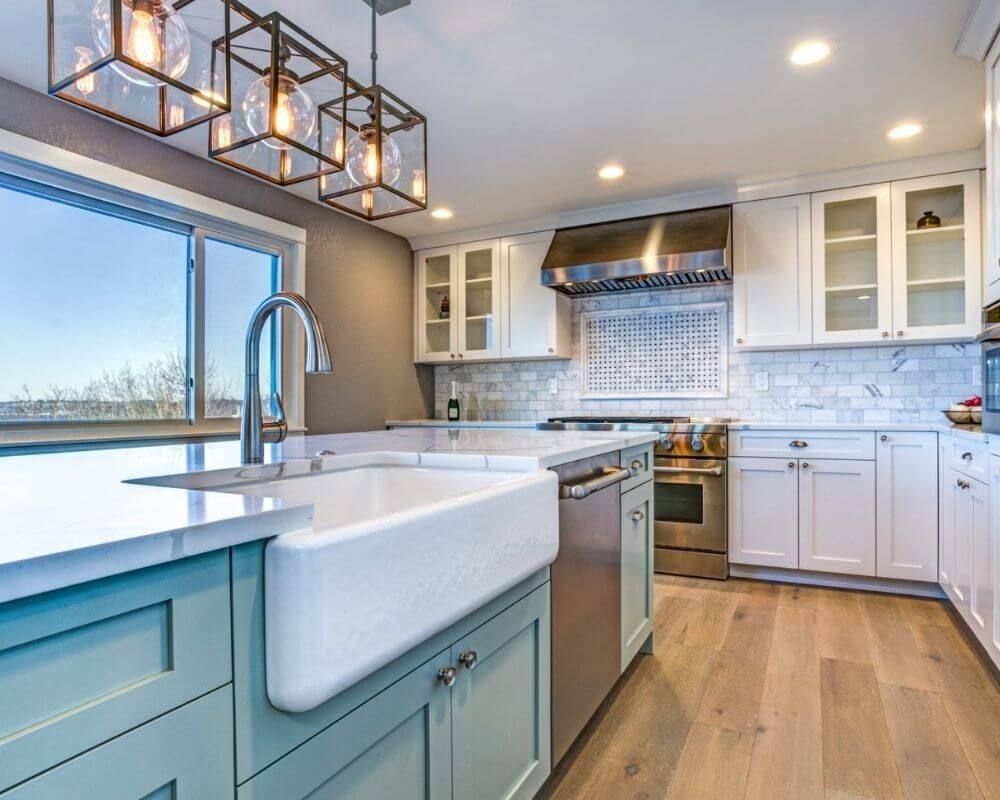
2. Types of Lighting
A. Ambient Lighting
Purpose: Ambient lighting provides general illumination for a room, allowing you to see and move about safely. It’s the foundational layer of lighting in any space. This can also be called primary lighting.
Options: Common options for ambient lighting include ceiling-mounted fixtures, chandeliers, and recessed lights. These fixtures should offer even, diffused light to ensure a comfortable environment throughout the room. Typically, this ambient light averages from 3000K to 4500K depending on the desired warmth of the space.
B. Task Lighting
Purpose: Task lighting focuses on specific areas where detailed work or activities occur. It provides bright, direct light for tasks such as reading, cooking, or applying makeup.
Options: Examples of task lighting include under-cabinet lights in the kitchen, desk lamps in a home office, and vanity lights in the bathroom. Adjustable fixtures and dimmable options can enhance the functionality of task lighting, allowing you to customize the light based on your needs.
C. Accent Lighting
Purpose: Accent lighting highlights particular features or objects in a room, such as artwork, architectural details, or plants. It adds visual interest and depth to a space.
Options: Use track lighting, wall sconces, or spotlights to create focal points. LED strips or uplighting can also be used to highlight features and create dramatic effects. Accent lighting helps create a dynamic and engaging environment.
D. Decorative Lighting
Purpose: Decorative lighting serves as both a functional and aesthetic element. It adds style and personality to a room while providing illumination.
Options: Consider statement chandeliers, unique pendant lights, or sculptural fixtures that act as conversation pieces and design elements. These fixtures not only illuminate the space but also enhance its overall design.
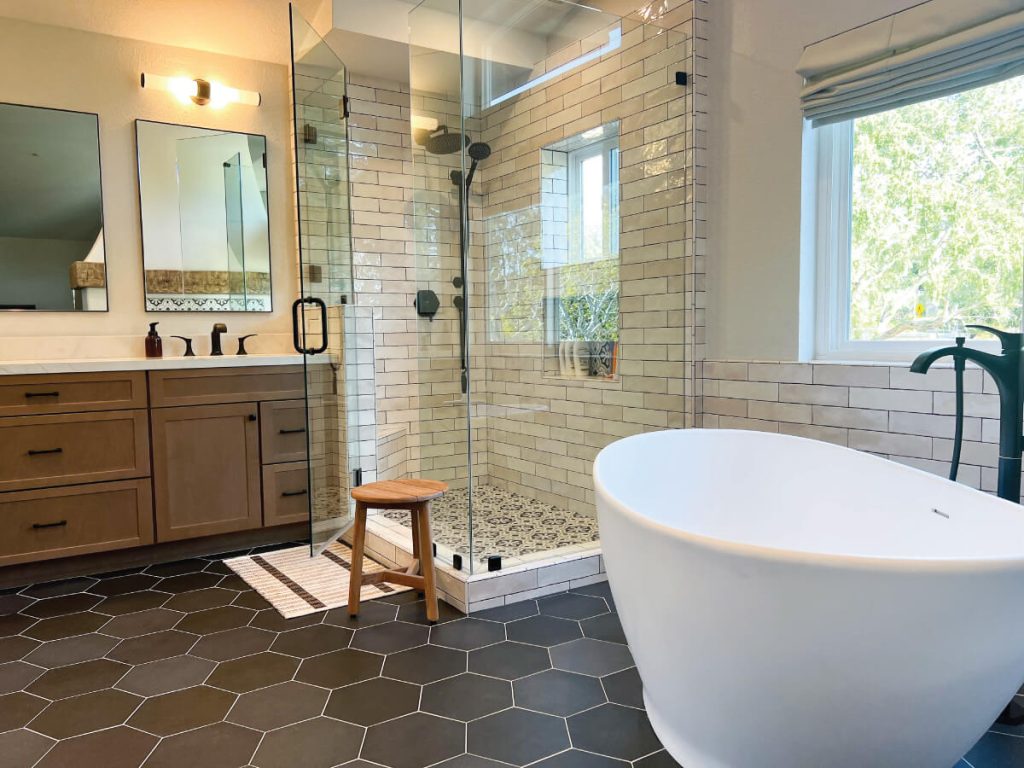
3. Lighting Upgrades for Different Rooms
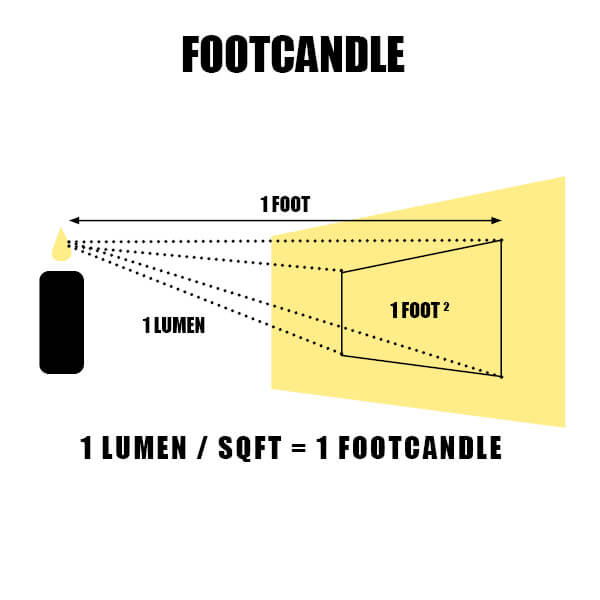

A. Kitchen Lighting
Layered Lighting: A successful kitchen remodel should include a combination of ambient, task, and accent lighting. Use recessed lights or a ceiling fixture for general illumination. Install under-cabinet lights to brighten work surfaces and pendant lights over the island for added style.
Smart Controls: Implement dimmers or smart lighting controls to adjust brightness based on different activities, such as cooking, cleaning, or entertaining. Smart controls offer convenience and flexibility, allowing you to tailor the lighting to your needs.
B. Bathroom Lighting
Vanity Lighting: Install bright, even lighting around the vanity area to provide adequate illumination for grooming tasks. Wall-mounted sconces or a horizontal light fixture above the mirror are popular choices. Ensure the lighting is shadow-free to avoid distortion.
Ambient and Accent Lighting: Use recessed lights or an overhead fixture for general illumination. Consider adding accent lighting to highlight architectural features or decorative elements. This combination creates a well-lit and visually appealing bathroom.
C. Living Room Lighting
Flexible Lighting: Incorporate multiple layers of lighting to accommodate various activities, from watching TV to reading or entertaining. Use floor lamps, table lamps, and wall sconces to provide adjustable light sources that can be tailored to different situations.
Statement Fixtures: Add a bold chandelier or pendant light as a focal point. This can serve as a visual centerpiece and enhance the room’s style. Combining a statement fixture with layered lighting creates a well-balanced and inviting space.
D. Bedroom Lighting
Reading Lights: Install adjustable reading lights on either side of the bed to provide focused light for nighttime reading. Wall-mounted sconces or bedside lamps are ideal for this purpose and help keep nightstand space uncluttered.
Ambient and Accent Lighting: Use dimmable ceiling fixtures and accent lighting to create a relaxing atmosphere. LED strip lights along the headboard or under the bed can provide a soft, ambient glow that adds to the room’s comfort.
E. Home Office Lighting
Task Lighting: Ensure ample task lighting at your desk to reduce eye strain and improve productivity. Desk lamps with adjustable arms and brightness levels are ideal for focused work.
Ambient Lighting: Use overhead fixtures or recessed lights to provide general illumination. Consider adding pendant lights or track lighting for additional flexibility and to enhance the office’s overall lighting scheme.
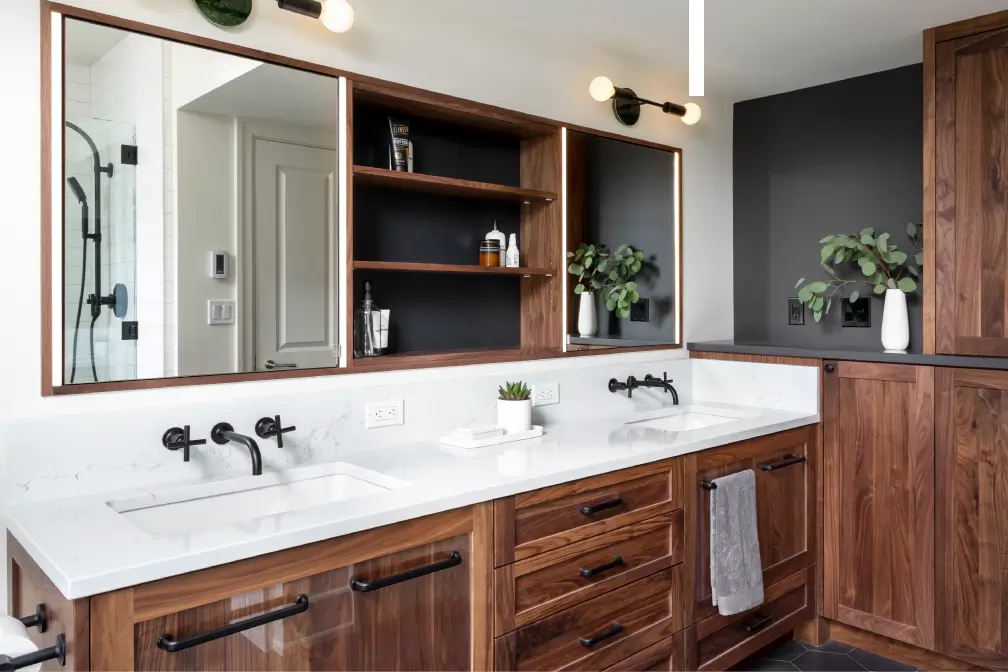
4. Modern Lighting Technologies
A. LED Lighting
Benefits: LED lights are energy-efficient, have a long lifespan, and provide bright, clear illumination. They come in various colors and intensities, making them versatile for different applications.
Options: Use LED bulbs in fixtures, recessed lighting, and under-cabinet lights. LED strips are also useful for accent lighting and creative applications, offering flexibility and efficiency.
B. Smart Lighting
Features: Smart lighting systems offer programmable controls, remote access, and integration with home automation systems. You can adjust brightness, color, and timing via smartphone apps or voice commands.
Benefits: Smart lighting enhances convenience, energy efficiency, and customization. It allows you to create different lighting scenes and schedules that align with your lifestyle and preferences.
C. Dimmer Switches
Benefits: Dimmer switches allow you to adjust the brightness of your lighting, providing flexibility for various activities and times of day. They contribute to a more comfortable and energy-efficient environment.
Options: Install dimmer switches on different fixtures, including overhead lights, sconces, and lamps. Consider using smart dimmers for additional control and convenience.
D. Motion Sensors
Benefits: Motion sensors can automatically turn lights on or off based on movement, enhancing convenience and energy efficiency. They are especially useful in high-traffic areas or spaces where hands-free operation is desirable.
Options: Install motion sensors in hallways, bathrooms, or closets to ensure lights are activated only when needed. Integrating sensors with smart lighting systems can further enhance functionality.

5. Design Tips for Lighting Upgrades
A. Balance Lighting Layers
Integration: Ensure that ambient, task, and accent lighting are balanced to create a cohesive and functional lighting scheme. Avoid overly bright or dim areas by layering different types of lighting.
Uniformity: Achieve a uniform distribution of light throughout the room by strategically placing fixtures and using dimmers to adjust brightness levels. This creates a comfortable and visually pleasing environment.
B. Highlight Architectural Features
Accent Lighting: Use accent lighting to highlight architectural details such as moldings, columns, or textured walls. This adds depth and interest to the design while drawing attention to key features.
Focus Points: Consider using spotlights or track lighting to emphasize artwork, sculptures, or other focal points in the room. This approach enhances the visual appeal and creates a dynamic space.
C. Consider Light Temperature
Warm vs. Cool: Choose light temperatures that align with the room’s function and desired ambiance. Warm light (2700K) creates a cozy, inviting atmosphere, while cool light (4000K) is ideal for task-oriented areas and modern designs.
Consistency: Maintain consistent light temperatures throughout the space to ensure a harmonious look and feel. This avoids jarring contrasts and enhances the overall aesthetic.
D. Test and Adjust
Try Different Fixtures: Experiment with various lighting fixtures and placements before finalizing your choices. Use adjustable lights and dimmers to test how different options impact the space.
Review and Revise: After installation, evaluate the lighting to ensure it meets your needs and preferences. Make adjustments as necessary to achieve the desired effect and enhance the overall ambiance.
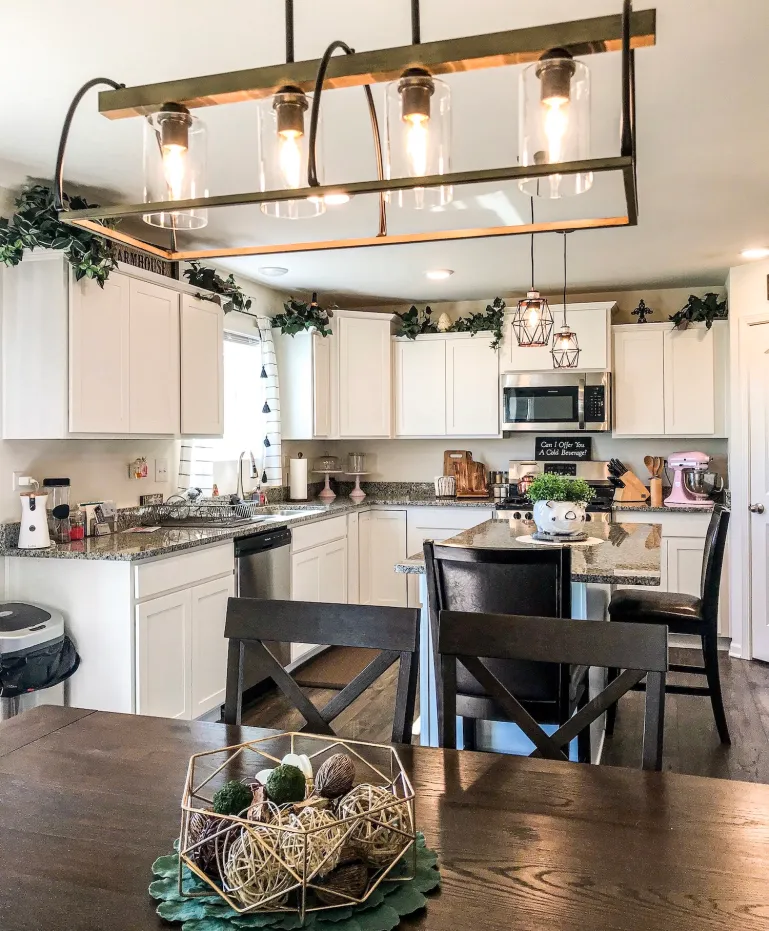
6. Examples of Successful Lighting Upgrades
A. Kitchen Transformation
Before: A kitchen with basic overhead lighting and limited task illumination.
After: The remodel includes layered lighting with recessed lights, under-cabinet LED strips, and a stylish pendant light over the island. The upgrades enhance functionality and add a modern touch to the kitchen.
B. Living Room Revamp
Before: A living room with outdated fixtures and uneven lighting.
After: The addition of a statement chandelier, wall sconces, and adjustable floor lamps creates a well-lit, stylish space. The layered lighting improves both ambiance and functionality, making the room more inviting.
C. Bathroom Upgrade
Before: A bathroom with minimal lighting and inadequate task illumination.
After: The installation of vanity lights, recessed ceiling fixtures, and accent lighting highlights architectural features and improves overall brightness. The updated lighting enhances both style and practicality.
7. Conclusion
A. Recap
Upgrading your home’s lighting involves careful planning and consideration of various factors, including room functions, lighting types, and modern technologies. By assessing your needs, exploring different lighting options, and implementing thoughtful design choices, you can significantly enhance your home’s functionality and aesthetic appeal.
B. Final Thoughts
Effective lighting is crucial to the success of any home remodel. It can transform a space, enhance its functionality, and contribute to a more inviting and enjoyable environment. Investing in quality lighting upgrades ensures that your home not only looks beautiful but also operates efficiently.
C. Call to Action
If you’re planning a home remodel, start by evaluating your current lighting and considering how upgrades can improve your space. Explore different lighting options, technologies, and design tips to create a well-lit, beautiful home. Consult with lighting professionals if needed to ensure your remodel achieves the desired results.
By following this guide, you can make informed decisions about lighting upgrades that will elevate your home remodel, enhance its functionality, and create an environment that reflects your style and needs. Lighting can make or break your remodeling project, so it is important to plan out your lighting just as much as the rest of your spaces. Working with an interior designer or a design-build remodeling firm will help you ensure the lighting accents, highlights, and compliments the room and the features of the remodel.

